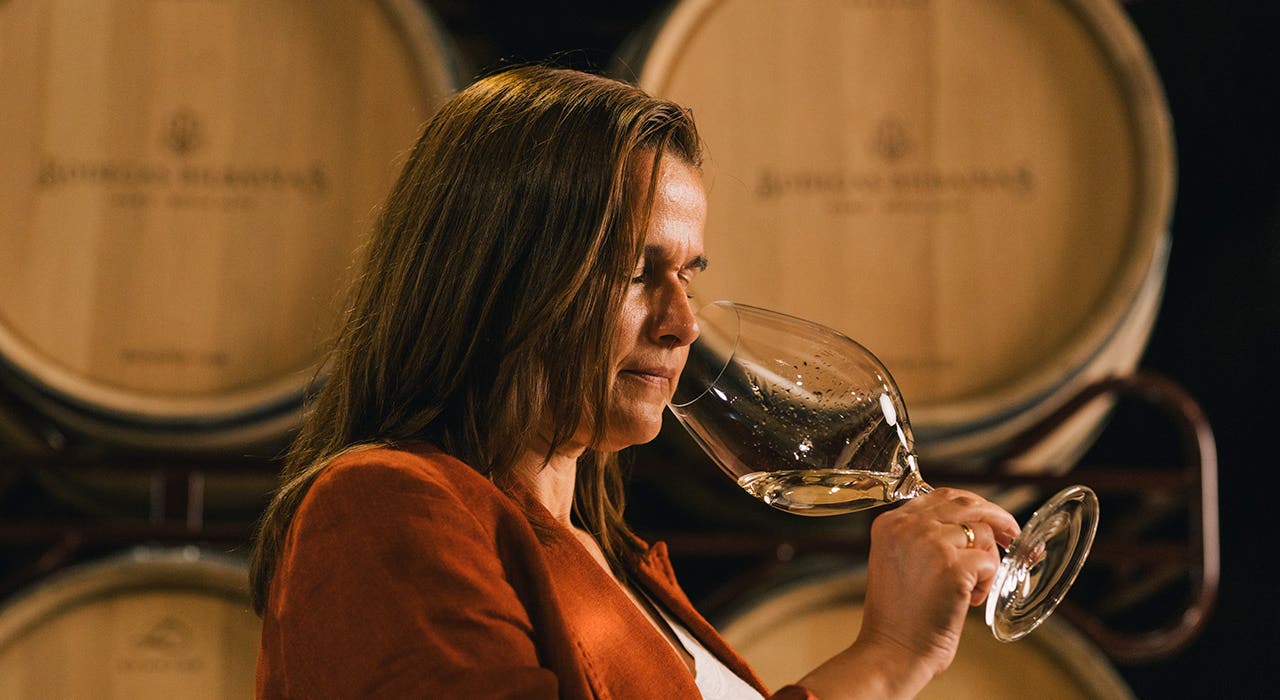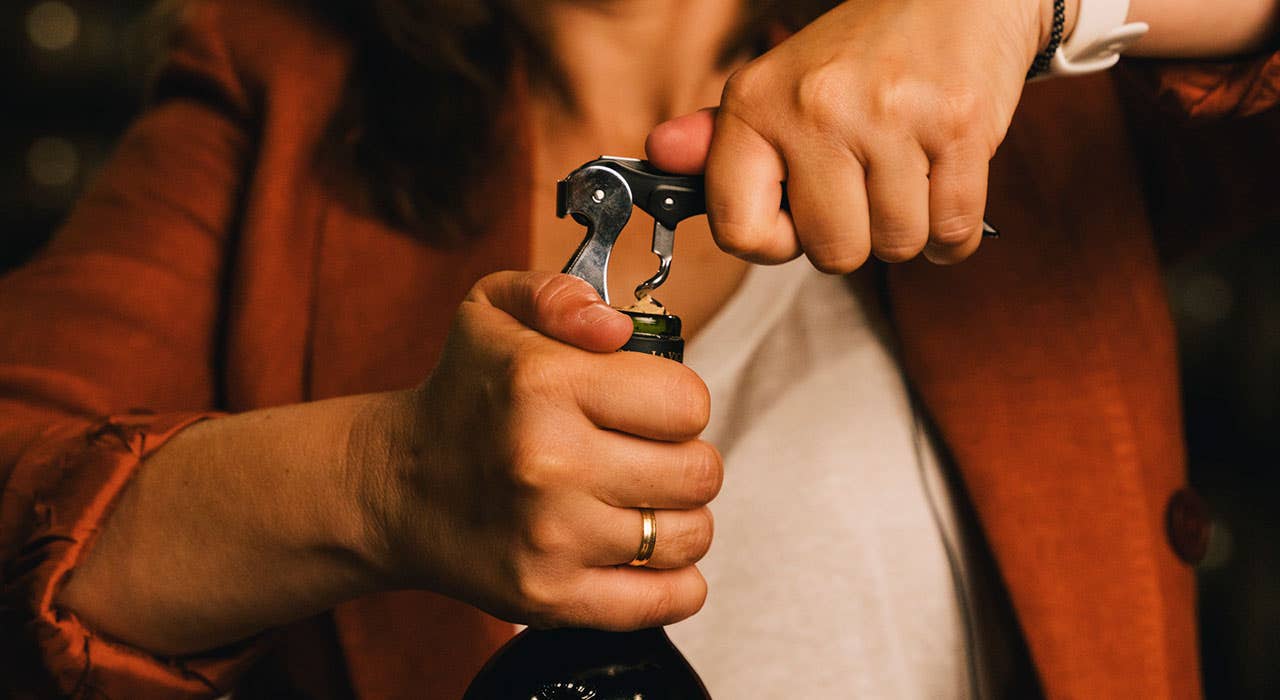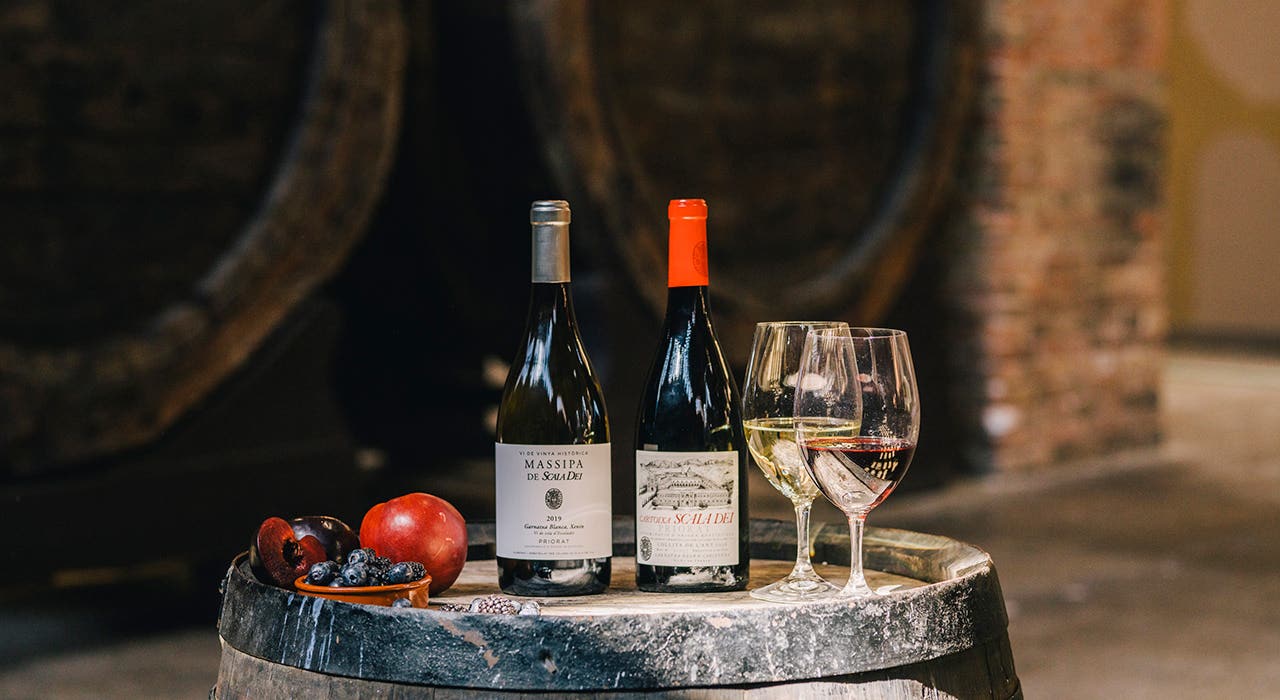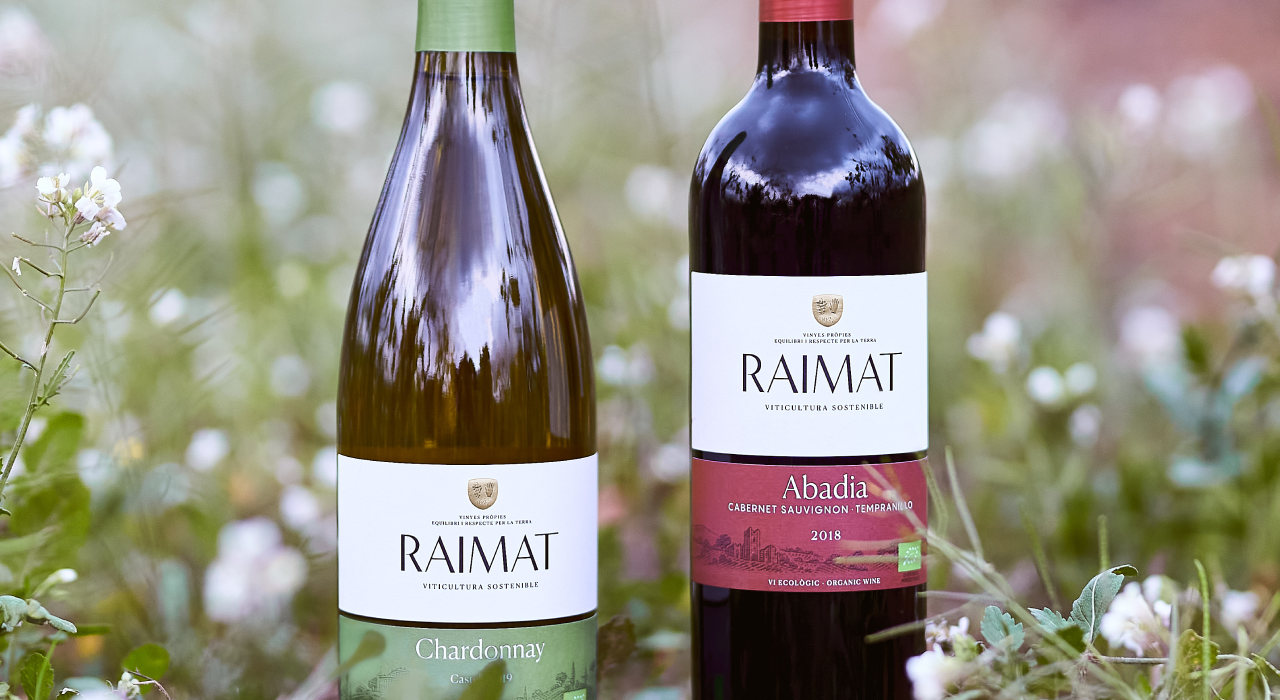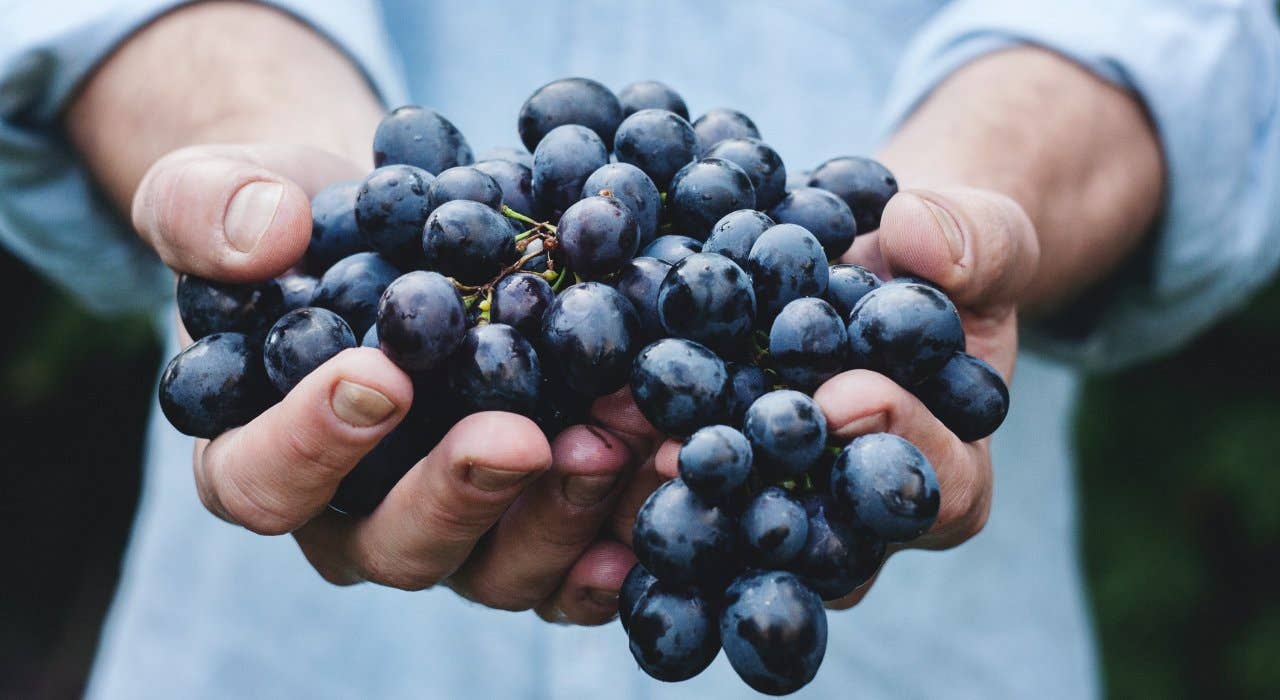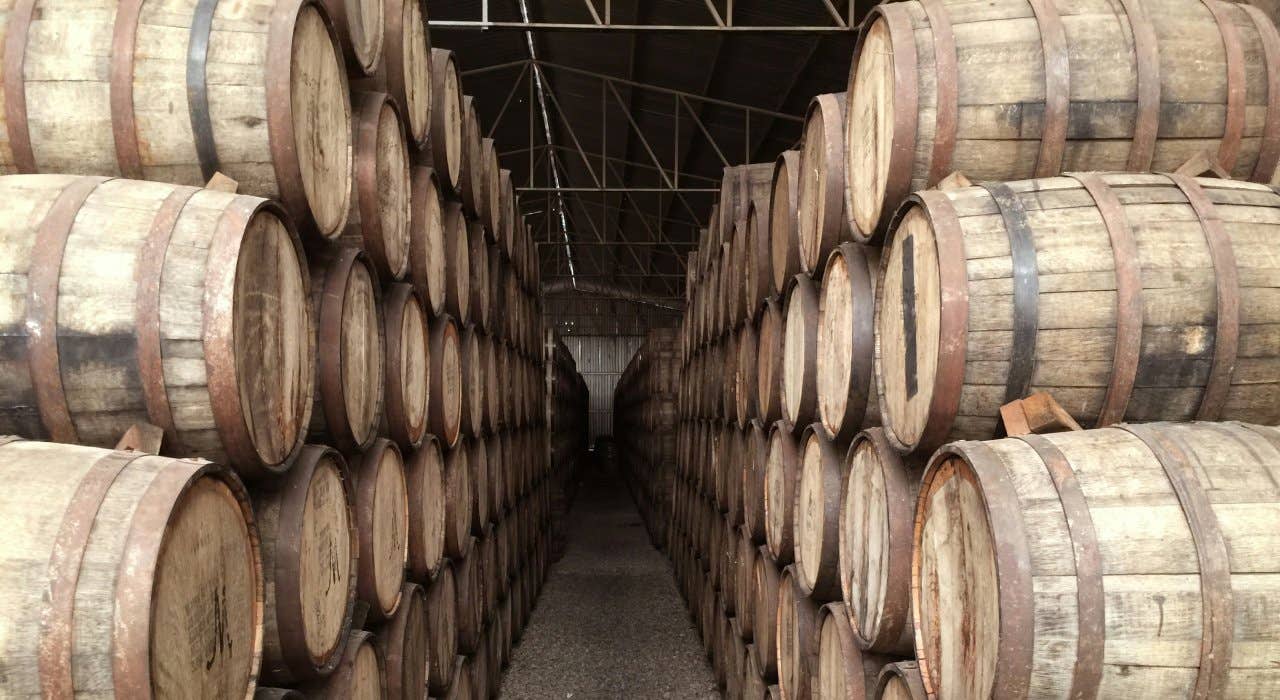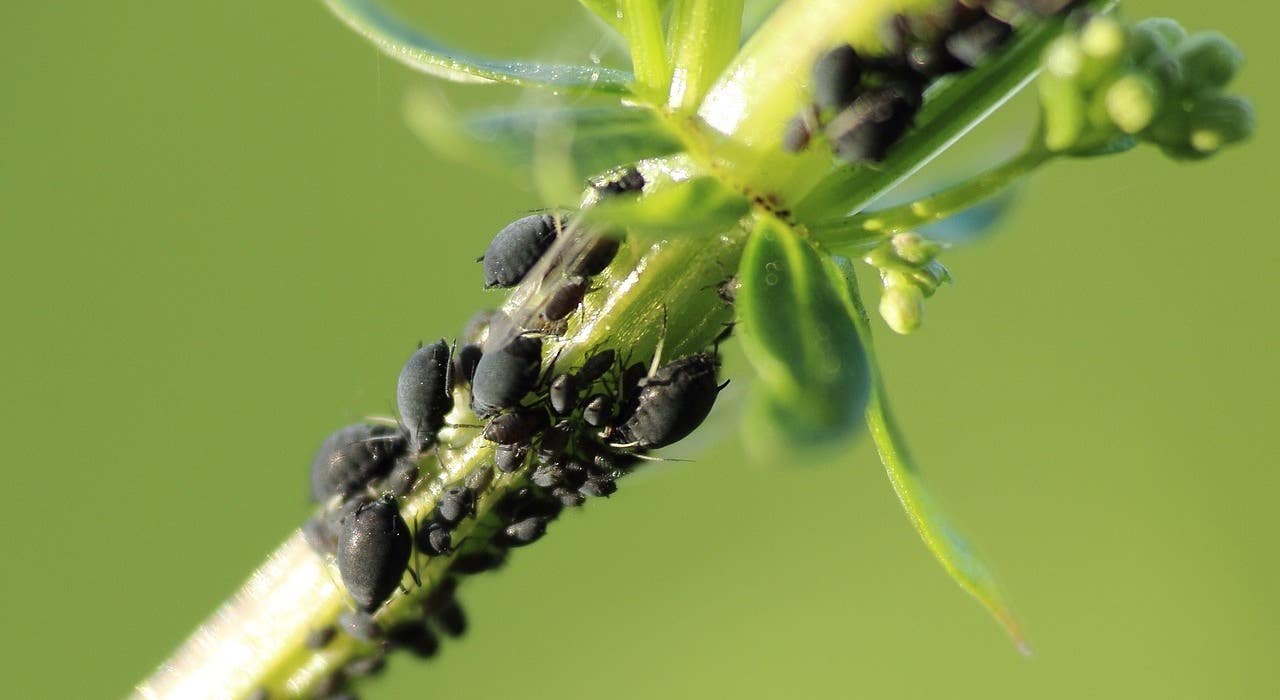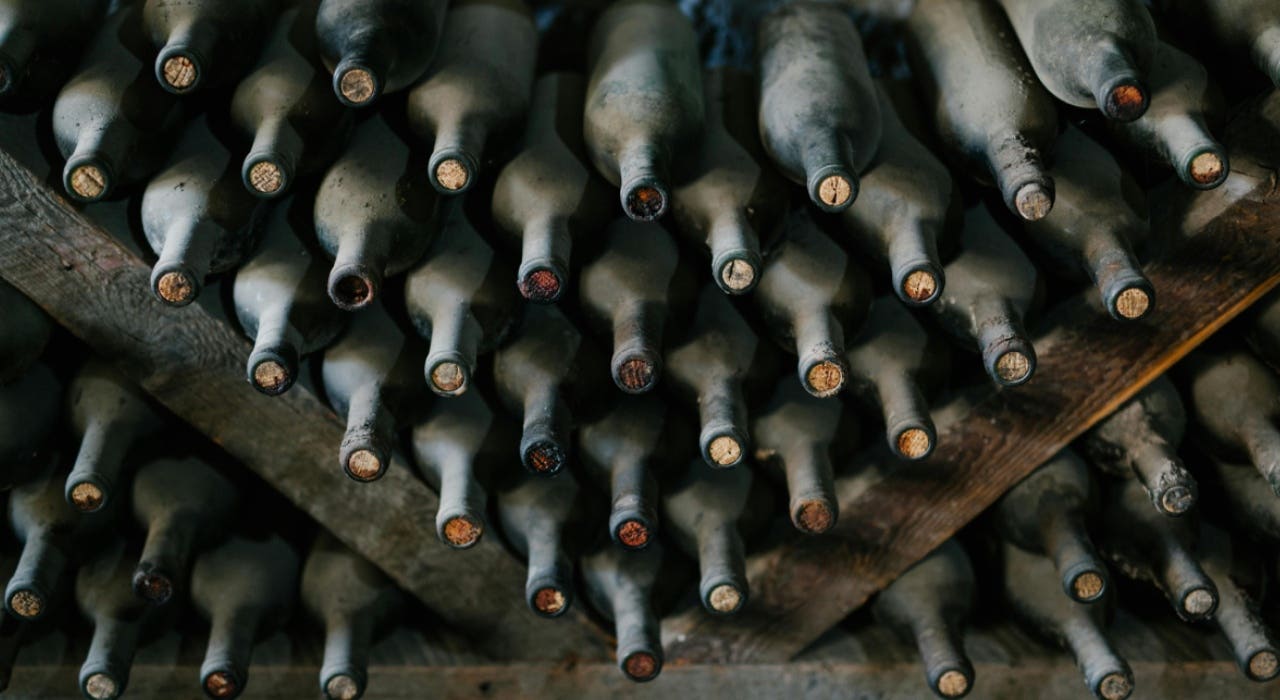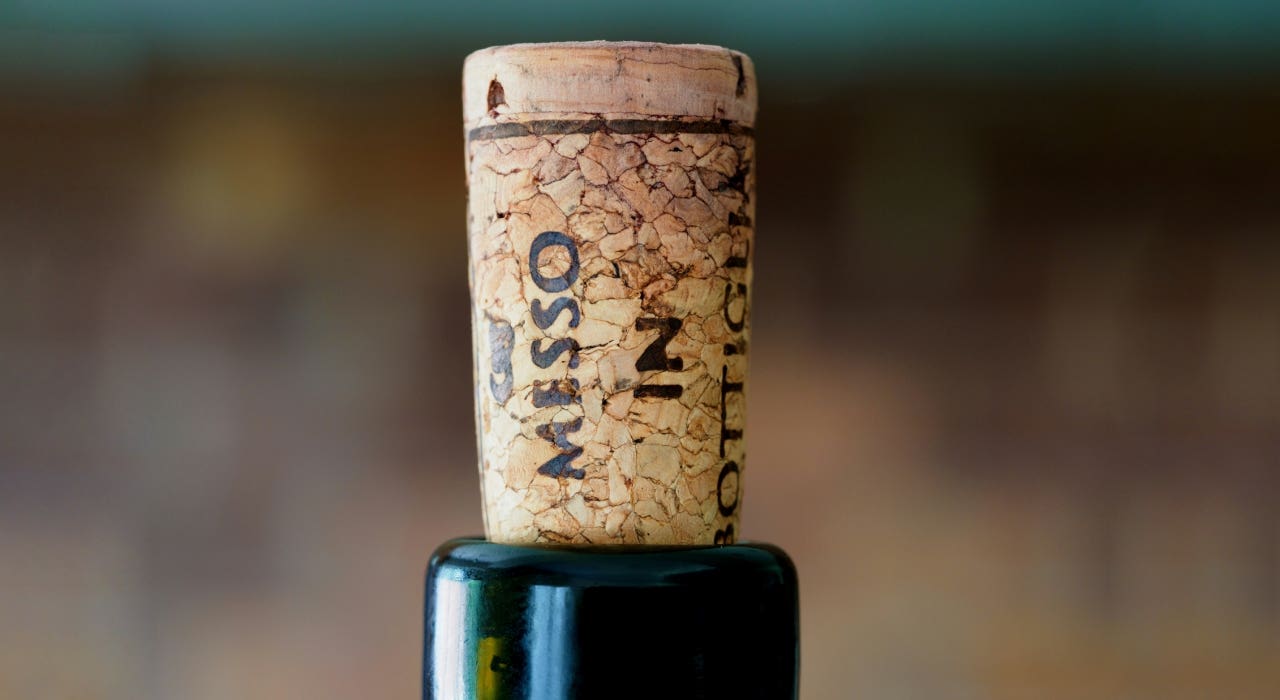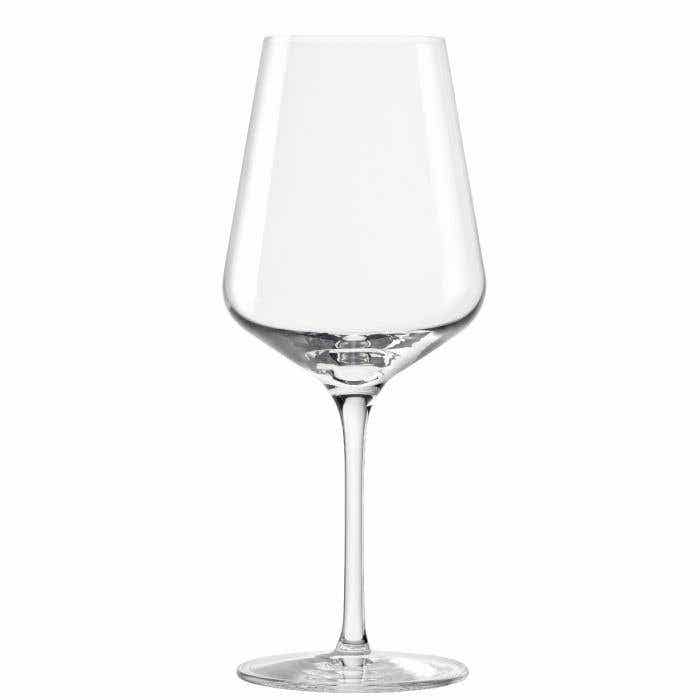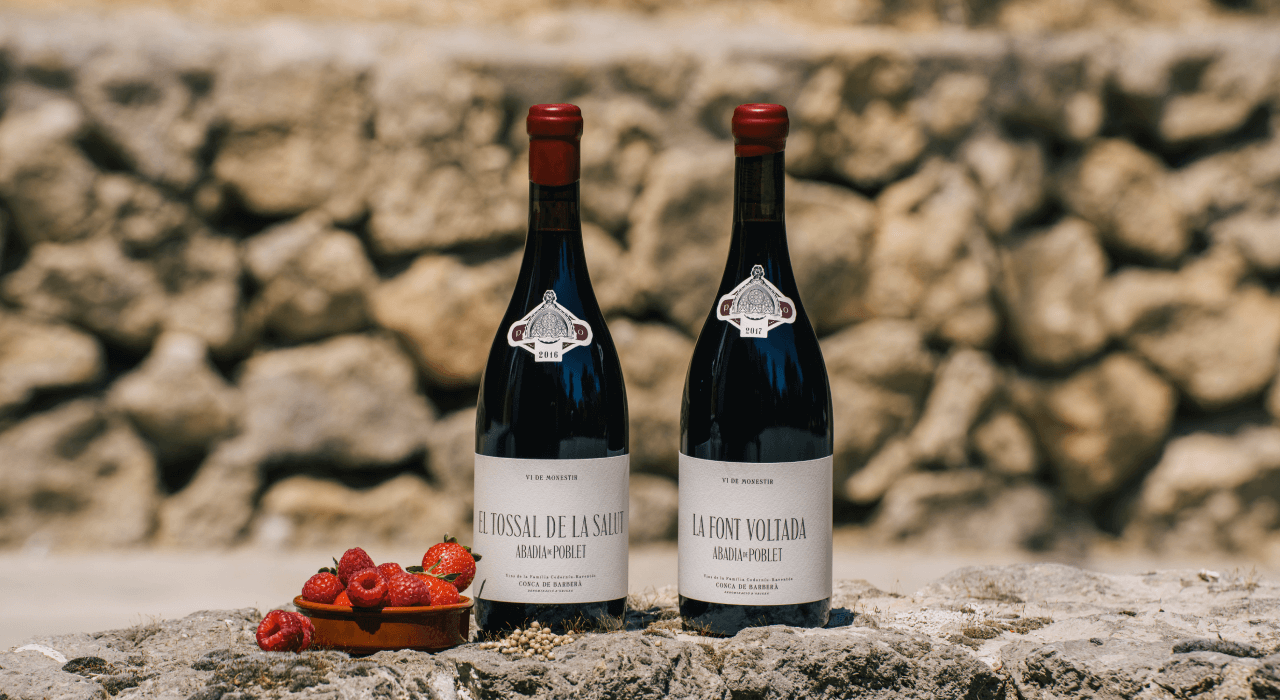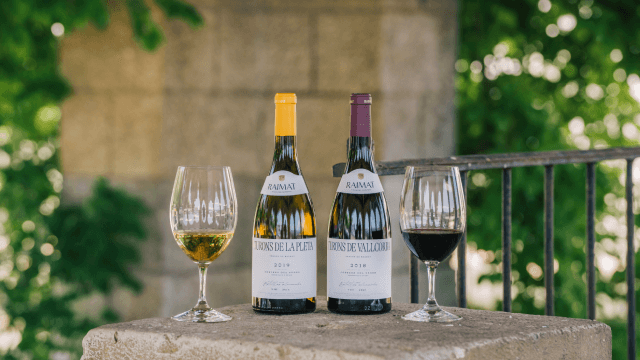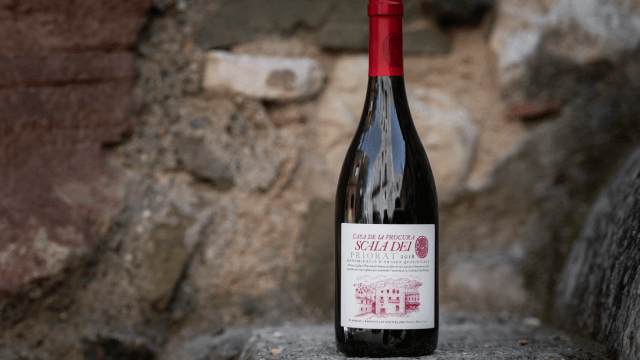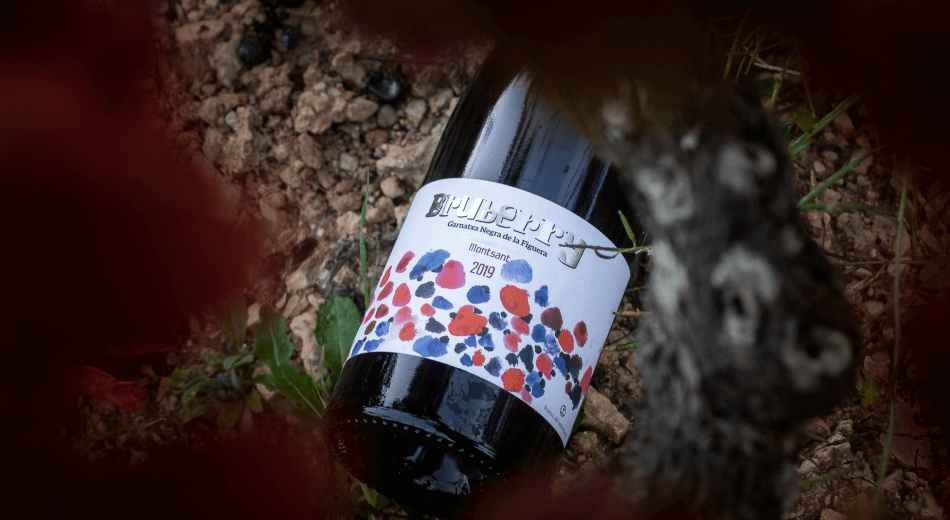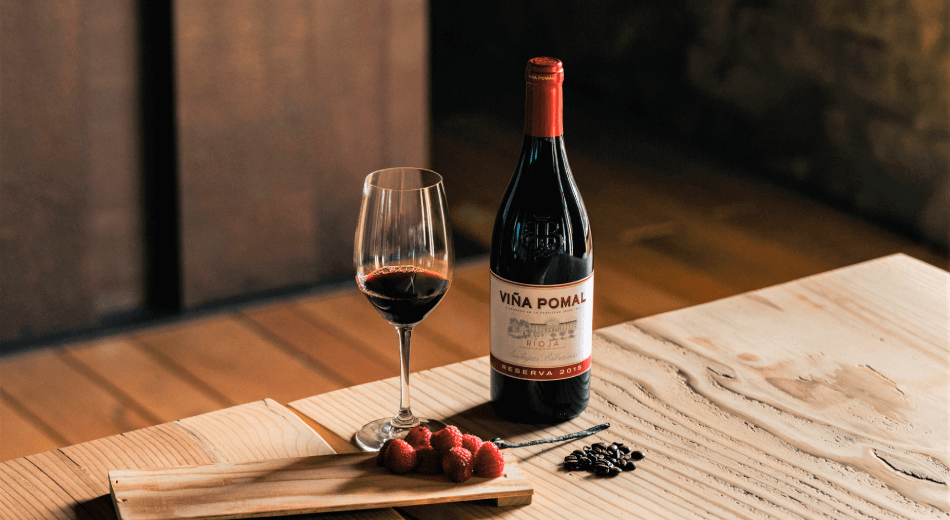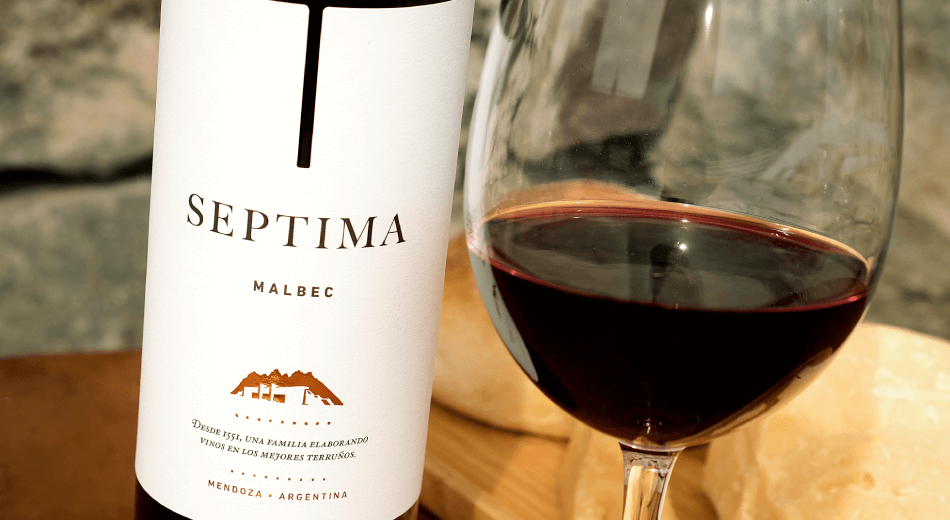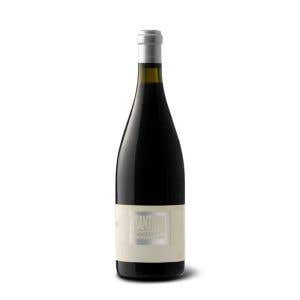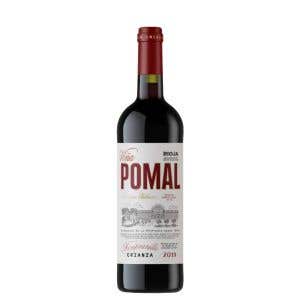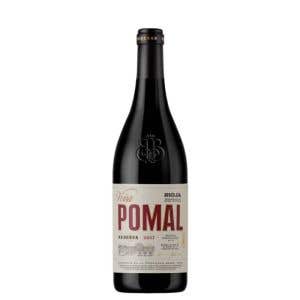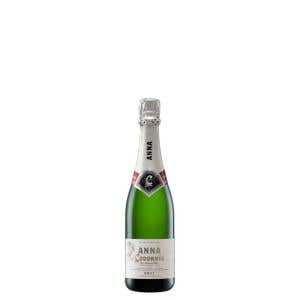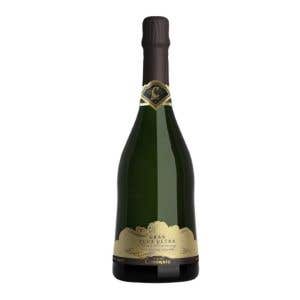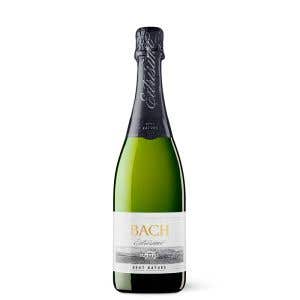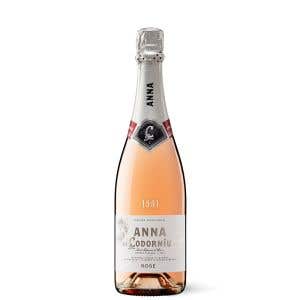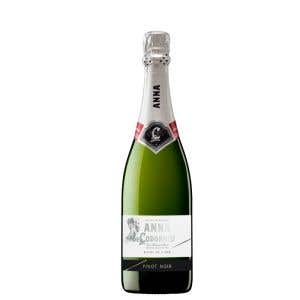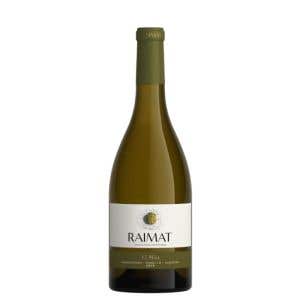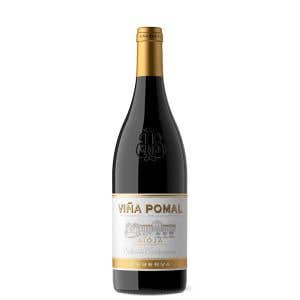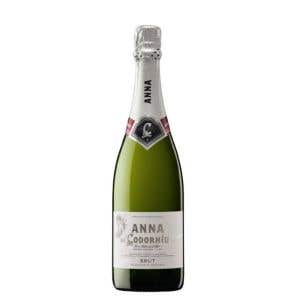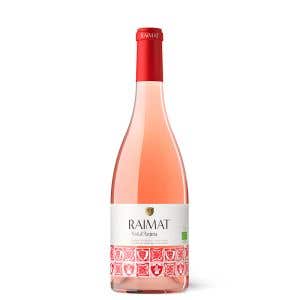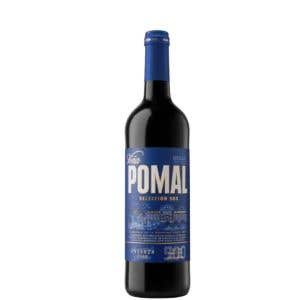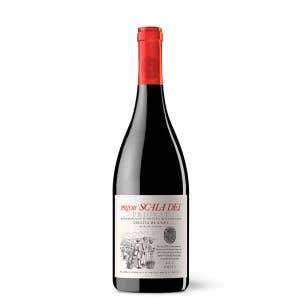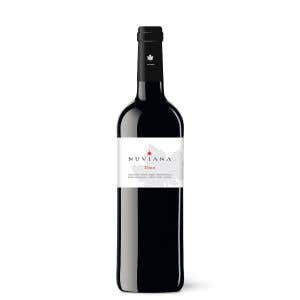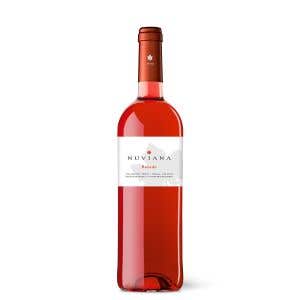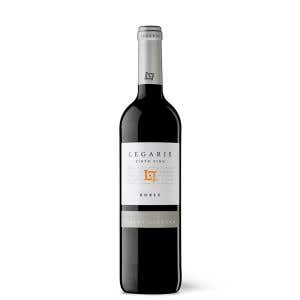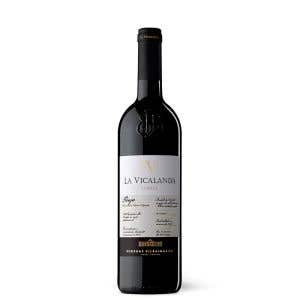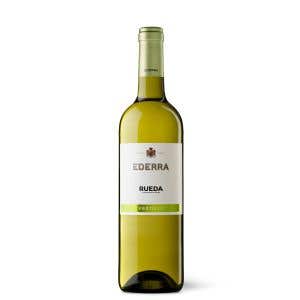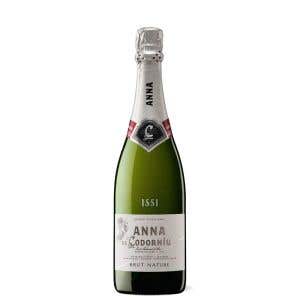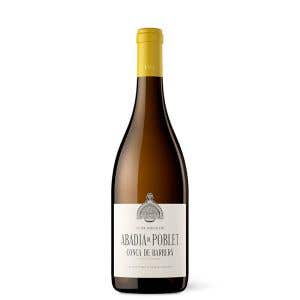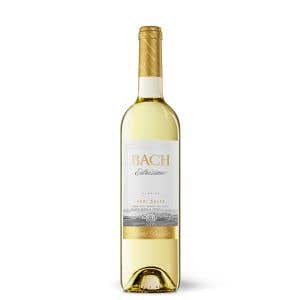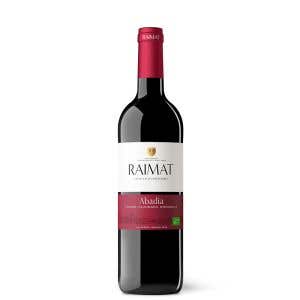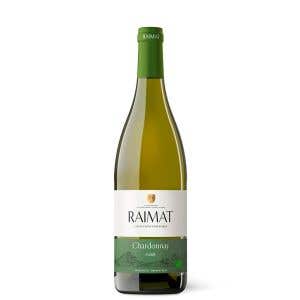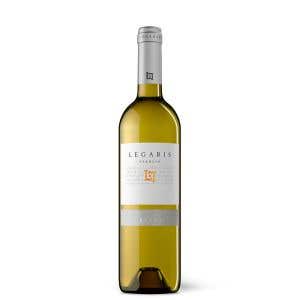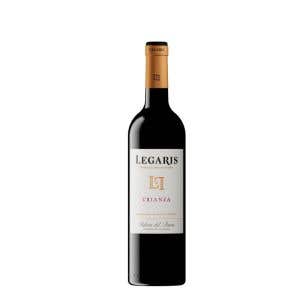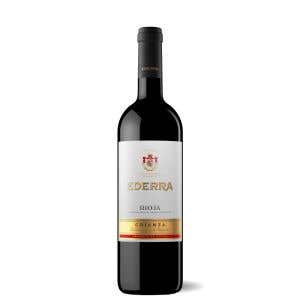Designation of Origin (D.O.)
The designation of origin tells us the region the wine originates from. They are awarded by regulatory councils with strict requirements, which means they are symbols of quality.
Normally, the D.O. seal is on the back label, but sometimes, as in the case of the Legaris Crianza, the front label also informs you that it comes from Ribera del Duero.
Year of harvest or vintage
You can find the vintage on the back or front label of the bottle, just below the name of the wine. This is a very important piece of information that helps you to assess the quality of a wine. How the climate treated the soil that year is fundamental to determine the quality of the grapes; different vintages of the same wine made in the same way can produce wines with different aromas.
Wine aging
In addition to the vintage year, another factor to take into account is the aging duration. This is what differentiates wines into the young, crianza, reserva or gran reserva categories. This is very important in the case of many red wines, and you’ll find this information at first sight on the front label, as for example in the Ederra Reserva, on which the word reserva is clearly displayed in gold letters. But you’ll also see it on the back. Moreover, the D.O. seal will also help you with this, as this piece of information is included in it with a different color pattern.
But what is the difference between the young, crianza, reserva, and gran reserva categories?
- Young wines: this is a wine that is aged for less than 2 years.
- Crianza wines: it’s a wine that needs 24 months of aging. It must spend at least 6 months in a barrel and the rest in a bottle.
- Reserve wines: to qualify as this category, the wine needs 3 years of aging, at least 12 months in a barrel and another 24 months in a bottle.
- Great Reserve wines: it takes 5 years to age and must spend at least 18 months in a barrel.
Grape variety
The type of grape used to make the wine is fundamental, sometimes because it is typical of the D.O. and sometimes because the grape is responsible for giving the wine its personality and distinctive taste.
In Spain, a wide variety of grapes from the grape harvest are used for wine production, but the most typical ones are Tempranillo (very common throughout the country and with different names depending on the area), Grenache (the fashionable grape), or Cabernet Sauvignon (very widespread French grape).
You can find this information on the front wine label, like in the Scala Dei Cartoixa, or on the back.
Sulfites
On every wine label, you will see the phrase "contains sulfites". And you may ask: what are sulfites?
Sulfites are a natural preservative. They are produced by the wine during the fermentation process and prevent, among other things, oxidation, which helps maintain their qualities. All wines, even organic wines, contain sulfites, although to a lesser extent than a traditionally produced wine. It is an ingredient that should be included on every label as there are people who are allergic to this preservative; this is why some wineries are starting to produce sulfite-free wines.
Alcohol content and volume
This information is also mandatory on any label, either front or back. It informs you of the alcohol content of the wine, which is usually between 10 and 14%, although you can also find low alcohol sparkling wines.
You will find the volume of wine in the bottle in centiliters or milliliters, and although there is a variety of sizes of wine bottles, the most common are 750 ml bottles.
Description on wine label
Wine has always been popular, but in recent years, with the rise of haute cuisine, it is increasingly common to find on the back label a description of how to taste wine with perfect wine pairing tips. These texts not only describe the taste and olfactory qualities of the wine, but also its personality, its intention, its soul.
In short, wine labels offer you, on a small piece of paper, a great variety of information that will help you choose and value the bottle you have in your hands. At 15 Bodegas, you have a variety of wines and Cavas you can use to put this new knowledge into practice, and of course, enjoy the experience of a good glass of wine. Check out some original labels or try reading the most classic ones. No doubt each bottle hides a treasure to be discovered.


